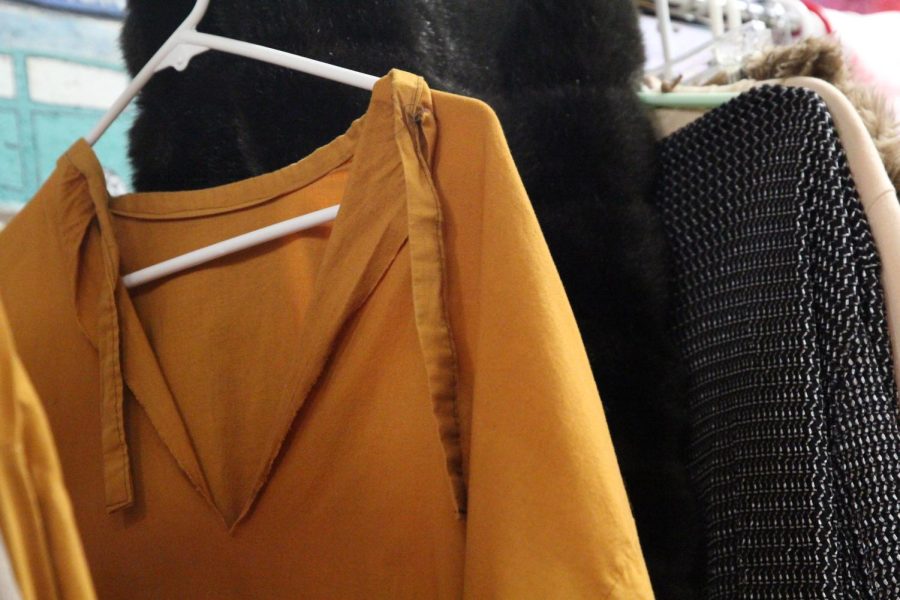Students take initiative toward possible dress code changes
Students have complained about the dress code policy for years while seeking more freedom in their attire. Photo by Katie Lacy.
The dress code impacts everyone’s life on campus. With permission from deputy superintendent Mr. Martin Flowers, Assistant Principal Mrs. Jennifer Hanks assisted in the development of a new meeting system, giving students a chance to discuss dress code policy.
“I reached out to BITA, service leadership, peer counseling, ROTC and the learning center [among] other groups and asked teachers to give me two names of students that they thought might want to be part of that discussion,” Hanks said.
Grace Graham was one of the students offered a chance to participate.
“We split up into groups of a couple people, took the dress code we currently had and took out what we didn’t want, while adding the desired changes,” Graham said. “We then mashed them all together and came up with our own version of the dress code. After that we had a meeting with some teachers, and basically mashed [their] ideas with ours to come up with a revised dress code.”
Students think that they can’t truly be themselves and are worried about what they wear every day.
“Many students wanted to feel that they could come to school comfortably dressed for the weather,” Graham said. “I want them to be able to dress comfortably with less restraint.”
Part of the discussion involved studying policies from other schools and outside resources.
“We just started pulling resources that were out there so the National Organization of Women has guidelines,” Hanks said. “We looked at other schools like Granite Bay, Woodcreek, West Park [and other] neighboring schools and what their dress codes had to just have a discussion about pieces we liked and pieces we didn’t like.”
So far, there has been no decision to change the dress code in writing, and the discussion is not at the district level.
“This is not a revised dress code, this is the opinion of Whitney High School Students,” Hanks said. “We also had the same conversation with teachers. From here on out, I have no idea what the rest of the process is. I am not leading a change of dress code.”
Dress code discussion meetings have been collaborative, with most of the brainstorming being conducted by the students and the management organized by staff members.
“I led a conversation and [helped to facilitate dialogue about] changes we would potentially like to see,” Hanks said. “I have not been given any authority to change the dress code.”
Students like Emma Magin and James Sanfilippo are not part of the committee but still have opinions they want to share.
“I [think it is] really unfair and inconsistent because I will see other students wearing more out of dress code things than me, but then I’m the one getting dress-coded, it’s a bit frustrating,” Magin said.
“I think the dress code is weirdly strict and something the school might want to loosen up on,” Sanfilippo said. “I hope that skin being shown will be seen as less of a taboo in school, and that it can become normalized.”
During this process students suggested making one cohesive dress code that applied to all genders.
“Getting dressed in the morning is probably my favorite part of the day, and just being in an outfit that I feel good in makes me work better,” Graham Said. “I don’t want to be scared of getting dress-coded constantly, or have the feeling of being judged by teachers.”
by ZOE CLOUD & KATIE LACY & POLINA SOKOLOVA







